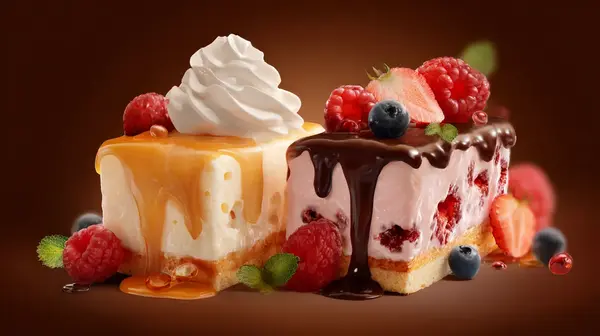
Baking at Scale: Sheet Pan Dessert Ideas for a Crowd
Learn how to create irresistible sheet pan desserts for a crowd with smart scaling techniques, make-ahead recipes, and the right commercial baking equipment.
Open Now Closed Today Closed Now

Learn how to create irresistible sheet pan desserts for a crowd with smart scaling techniques, make-ahead recipes, and the right commercial baking equipment.
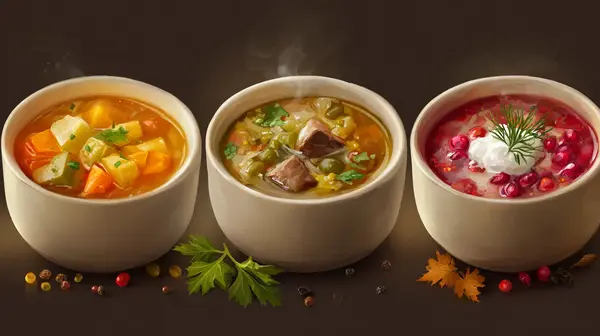
This quick comparison highlights the key differences between soup and stew in terms of liquid ratio, cooking time, texture, and serving style.
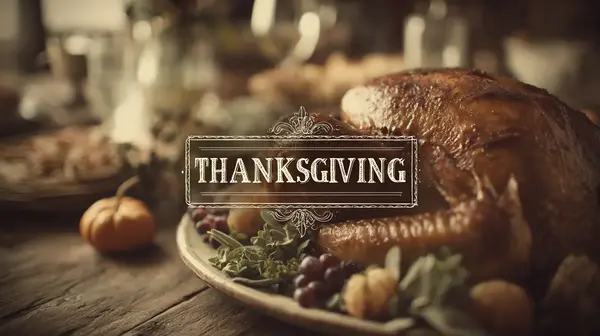
Craft a Thanksgiving restaurant menu that blends tradition and creativity to deliver an unforgettable holiday dining experience.
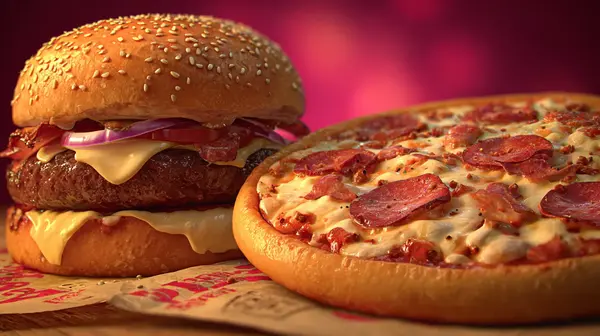
Discover modern comfort food trends. From truffle mac and cheese to artisanal pizza toppings and elevated burgers, learn how to attract Gen Z diners.
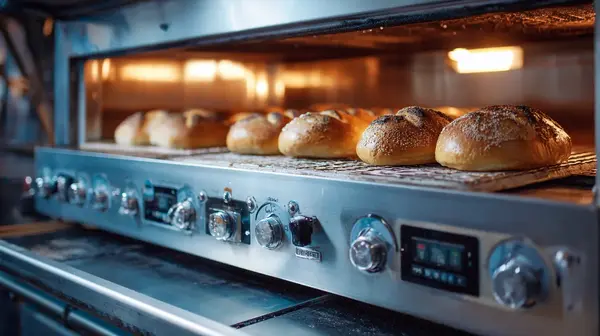
Discover the best artisan food production equipment for chocolate, bread, and cheese. Explore small-scale commercial food production line equipment, chocolate tempering machines, artisan bakery tools, and more.

Opening a successful bakery requires investment in quality baking equipment. Learn about professional bakery equipment you need: bakery ovens, dough prep equipment & more.

This comprehensive buying guide will help you choose an oven that is right for your business. We will discuss the different types of ovens and the factors to consider when buying an oven.

Starting an ice cream store is no doubt a treat, but the task of outfitting it with the proper machines and tools can give you brain freeze.

The difference between shared and private kitchen spaces, the associated costs, and other services you get with a commissary kitchen.

From the back of the house to the front, your equipment should cater to the specific processes and the unique demands of your menu and operation. To help you get started on your shopping, we put together a checklist of these important pieces of equipment, tools, and supplies.

Eatertainment is redefining dining. Explore live shows, AR, VR, and movie theatre restaurants that captivate Gen Z with food and entertainment.
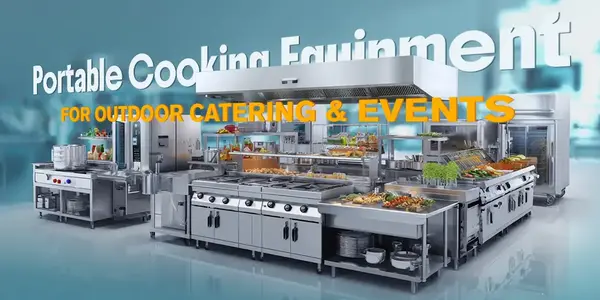
Discover the best portable cooking equipment for outdoor catering and events. Explore grills, stoves, ovens, and supplies to cook anywhere with confidence.

Discover the best low ABV cocktails, from spritz and sherry drinks to vermouth and amaro recipes. Learn techniques, bar equipment tips, and flavor-balancing tricks to craft low alcohol cocktails that impress.
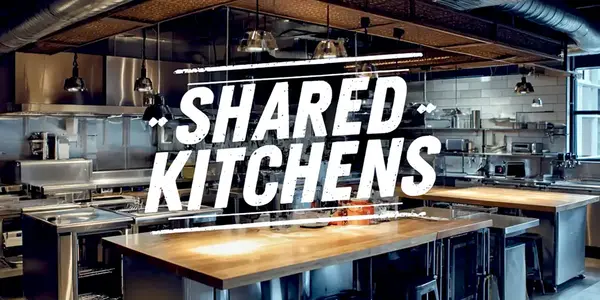
Explore how pop-ups, chef takeovers, and shared kitchens are reshaping dining. Learn how versatile restaurant equipment powers collaboration and creativity.


